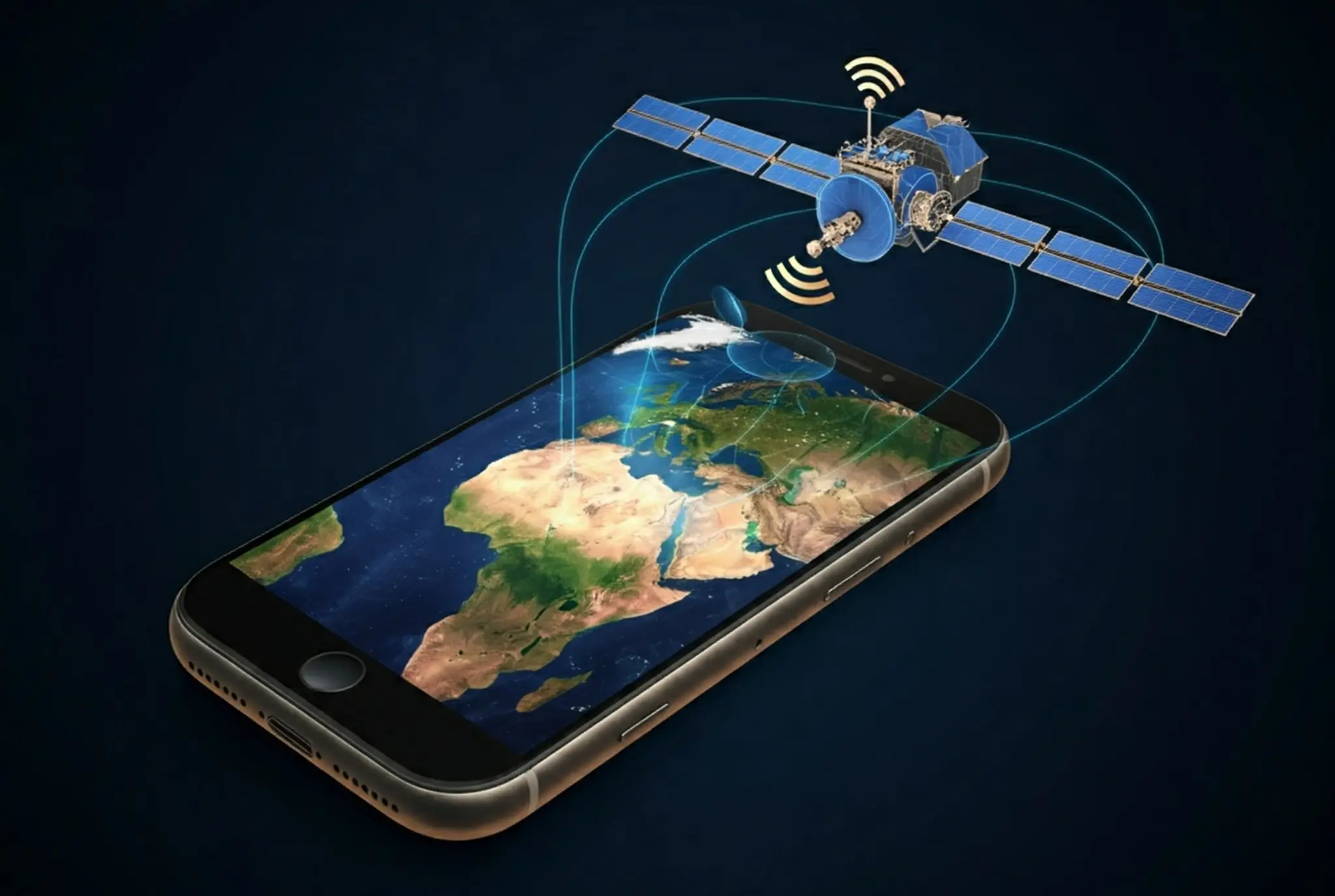For decades, satellite technology has played a crucial role in global communications, providing essential services like TV broadcasts, basic phone calls, and internet access to remote and underserved areas. However, traditional satellite communication has been hampered by limitations such as high latency, limited coverage, and the need for specialized devices.
The rise of Low Earth Orbit (LEO) satellites and Direct-to-Device (D2D) technology is revolutionizing satellite communications, overcoming these limitations and opening up exciting new possibilities for connectivity. This blog post delves into the transformative impact of LEO and D2D, exploring their key features, benefits, and the profound changes they are bringing to the telecom industry.
The Challenges of Traditional Satellite Communication
Traditional satellite communication, primarily relying on Geostationary Earth Orbit (GEO) satellites, has faced several challenges:
- High Latency: GEO satellites operate at a high altitude (around 36,000 km), resulting in significant signal delays (latency) that limit their suitability for real-time applications like video calls, online gaming, and many modern communication needs.
- Limited Coverage: While GEO satellites can cover vast areas, they often struggle to provide consistent coverage in densely populated areas or regions with challenging terrain.
- Cost: Historically, satellite communication has been relatively expensive, making it inaccessible for many users and applications.
- Specialized Devices: Traditional satellite communication often required dedicated satellite phones or terminals, limiting its integration with mainstream mobile and IoT devices.
These limitations have restricted the widespread adoption of satellite technology and its ability to fully meet the evolving demands of the modern world.
LEO Satellites: Ushering in a New Era of Low Latency Connectivity
LEO satellites, orbiting much closer to Earth (between 300 km and 1,500 km), offer significant advantages over GEO satellites:
- Lower Latency: The reduced distance translates to significantly lower latency, enabling real-time communication capabilities. This opens up possibilities for applications like video conferencing, online gaming, and remote collaboration.
- Improved Coverage: LEO constellations, consisting of multiple satellites working together, can provide more comprehensive and consistent coverage, even in challenging environments like mountains, valleys, and urban canyons.
- Higher Bandwidth: LEO satellites can deliver higher bandwidth compared to GEO satellites, supporting data-intensive applications like video streaming and file sharing.
These advancements make LEO satellites a game-changer for satellite communications, paving the way for a new era of low-latency, high-bandwidth connectivity.
Direct-to-Device: Seamlessly Connecting Mobile and IoT Devices to Satellites
D2D technology removes the need for specialized satellite phones or terminals, allowing regular smartphones and IoT devices to connect directly to satellite networks. This offers several benefits:
- Mainstream Accessibility: D2D democratizes satellite connectivity, making it accessible to a wider range of users and devices. This opens up new opportunities for individuals, businesses, and organizations in various sectors.
- Ubiquitous Connectivity: D2D enables seamless switching between terrestrial and satellite networks, ensuring continuous connectivity even in areas with limited or no cellular coverage. This is particularly valuable for travelers, remote workers, and emergency responders.
- New Applications: D2D unlocks new applications in diverse fields like remote sensing, asset tracking, emergency communications, and maritime connectivity. It empowers businesses and organizations to operate more efficiently and effectively in remote locations.
The combination of LEO satellites and D2D technology creates a powerful synergy, addressing the key limitations of traditional satellite communication and enabling a new era of connectivity.
The Impact on the Telecom Industry: Expanding Coverage, Enhancing Resilience, and Enabling New Services
LEO and D2D are transforming the telecom industry in several ways:
- Expanding Coverage: Telecom operators can leverage LEO and D2D to extend their network coverage to underserved areas, closing the digital divide and bringing connectivity to remote communities, rural regions, and maritime environments.
- Enhancing Resilience: Satellite connectivity can provide backup and redundancy for terrestrial networks, ensuring continuity of service during natural disasters, power outages, or other disruptions. This is crucial for critical infrastructure and emergency communication services.
- Enabling New Services: LEO and D2D pave the way for innovative service offerings, including global mobile connectivity, IoT solutions for remote areas, and emergency communication services. This opens up new business opportunities and empowers various sectors to thrive in a more connected world.
The integration of LEO and D2D into existing telecom networks requires advanced IT infrastructure and management solutions. Companies like Netcracker are at the forefront of this transformation, providing comprehensive digital satellite solutions that enable satellite operators to manage, optimize, and monetize their services effectively.
Conclusion: A Connected Future Powered by LEO and D2D
The rise of LEO satellites and D2D technology marks a significant turning point in satellite communications. By overcoming the limitations of the past, they are paving the way for a future of low-latency, high-bandwidth, and ubiquitous connectivity. This will have a profound impact on the telecom industry, enabling wider coverage, enhanced resilience, and the development of innovative new services. As LEO constellations continue to grow and D2D technology becomes more widespread, we can expect to see a more connected world where everyone and everything has access to reliable and high-quality communication, regardless of location.
